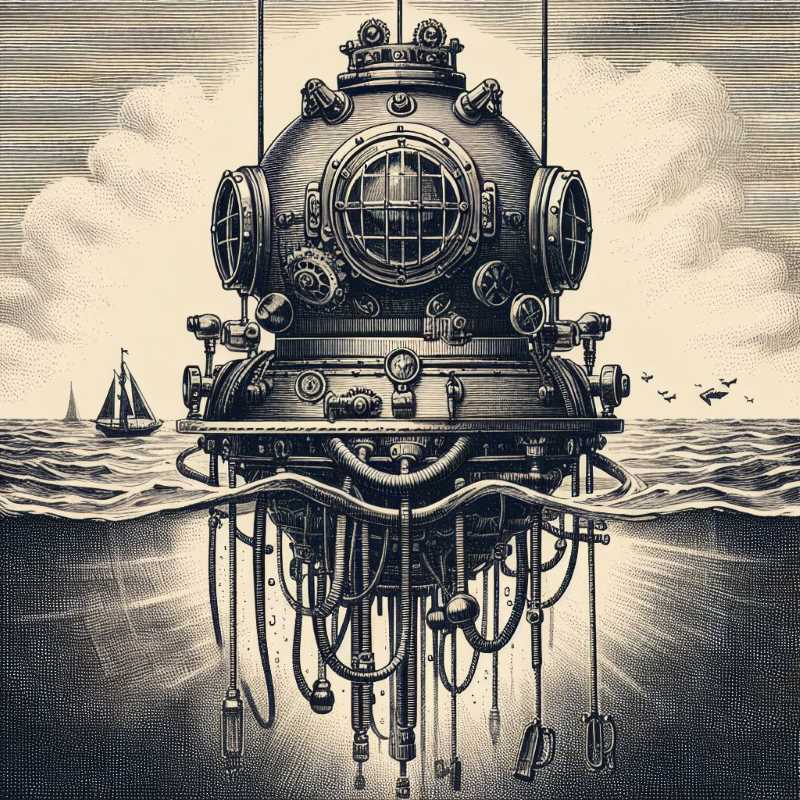An American Inventor's Mexican Gamble
In 1855, Mexico gambled on a new diving invention promising underwater construction and treasure hunting. Did Mr. Sears' modified diving bell deliver, or sink into obscurity?

The depths of the ocean have always held a strange allure for the human mind. Sunken treasures, tales of lost cities, and the sheer mystery of an alien world hidden beneath the waves… These things all stir our imaginations. In the 19th century, these dreams were not just the fodder for fantastical novels, but a serious subject of technological inquiry.
Of course, venturing beneath the surface wasn't about satisfying curiosity alone. Commerce and national interests were at stake. From building grand underwater structures to recovering those cursed treasures from unlucky ships, diving had clear practical applications. Yet, the technology of the time was quite limited.




